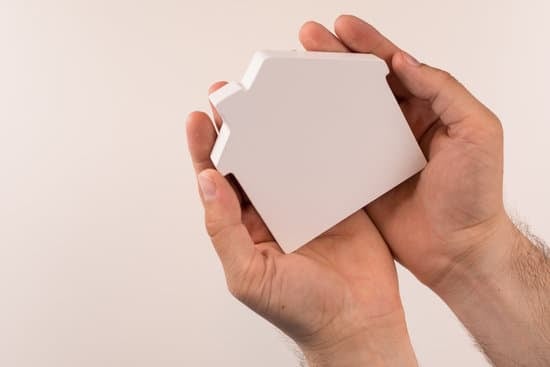- Walls: 0.075 inches (14 gauge corrugated steel)
- Frame, pillars, and rails: 0.187 inches (7 gauge tubular steel)
The walls of a shipping container are often a topic of curiosity for many people. After all, they are responsible for protecting the cargo inside and ensuring it reaches its destination in good condition. So, just how thick are shipping container walls? According to industry standards, shipping container walls have a thickness of 0.075 inches, which is equivalent to 14 gauge corrugated steel. However, it’s important to note that not all parts of a shipping container are created equal. Here’s a breakdown of the thickness of different components:






















